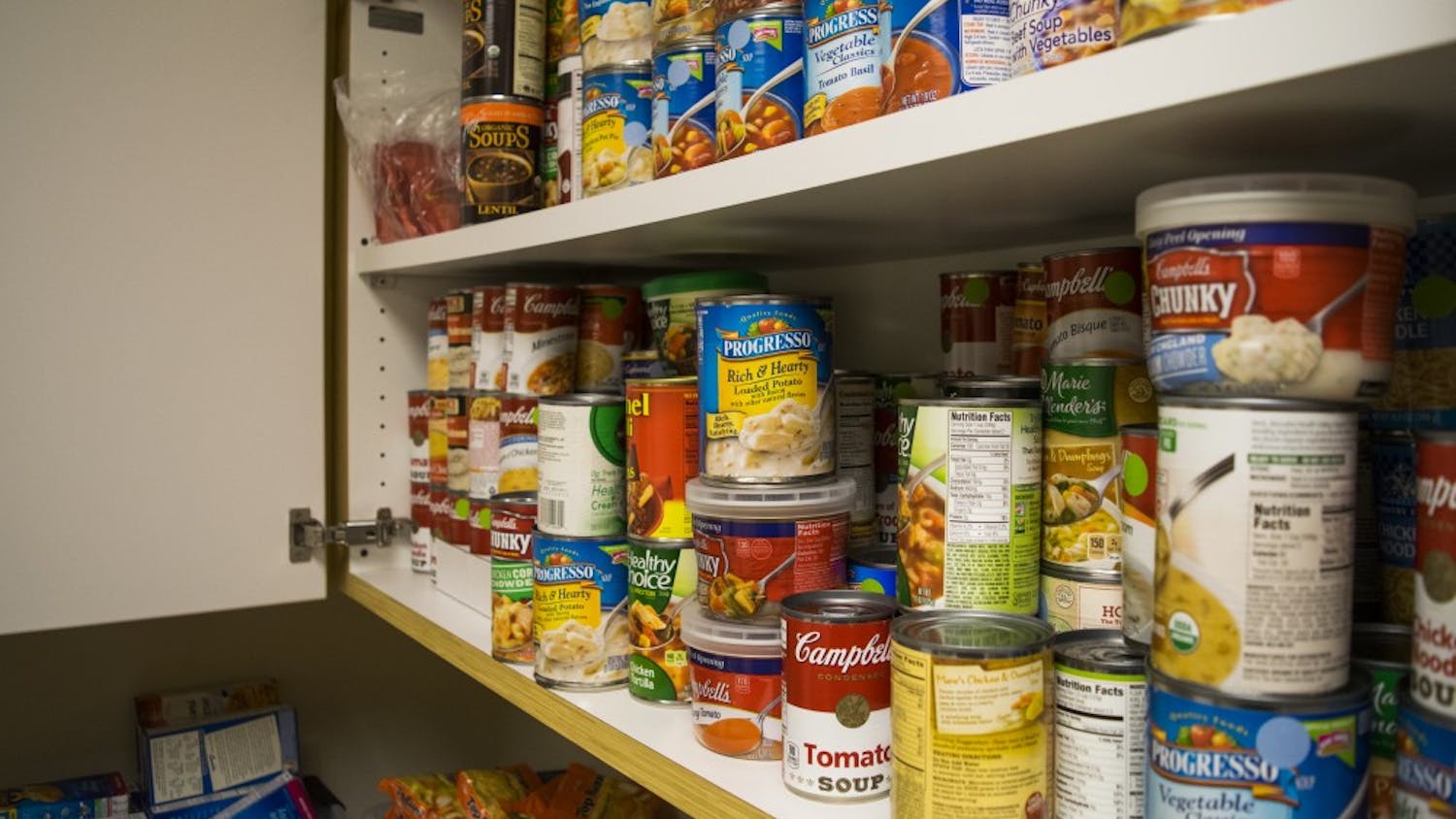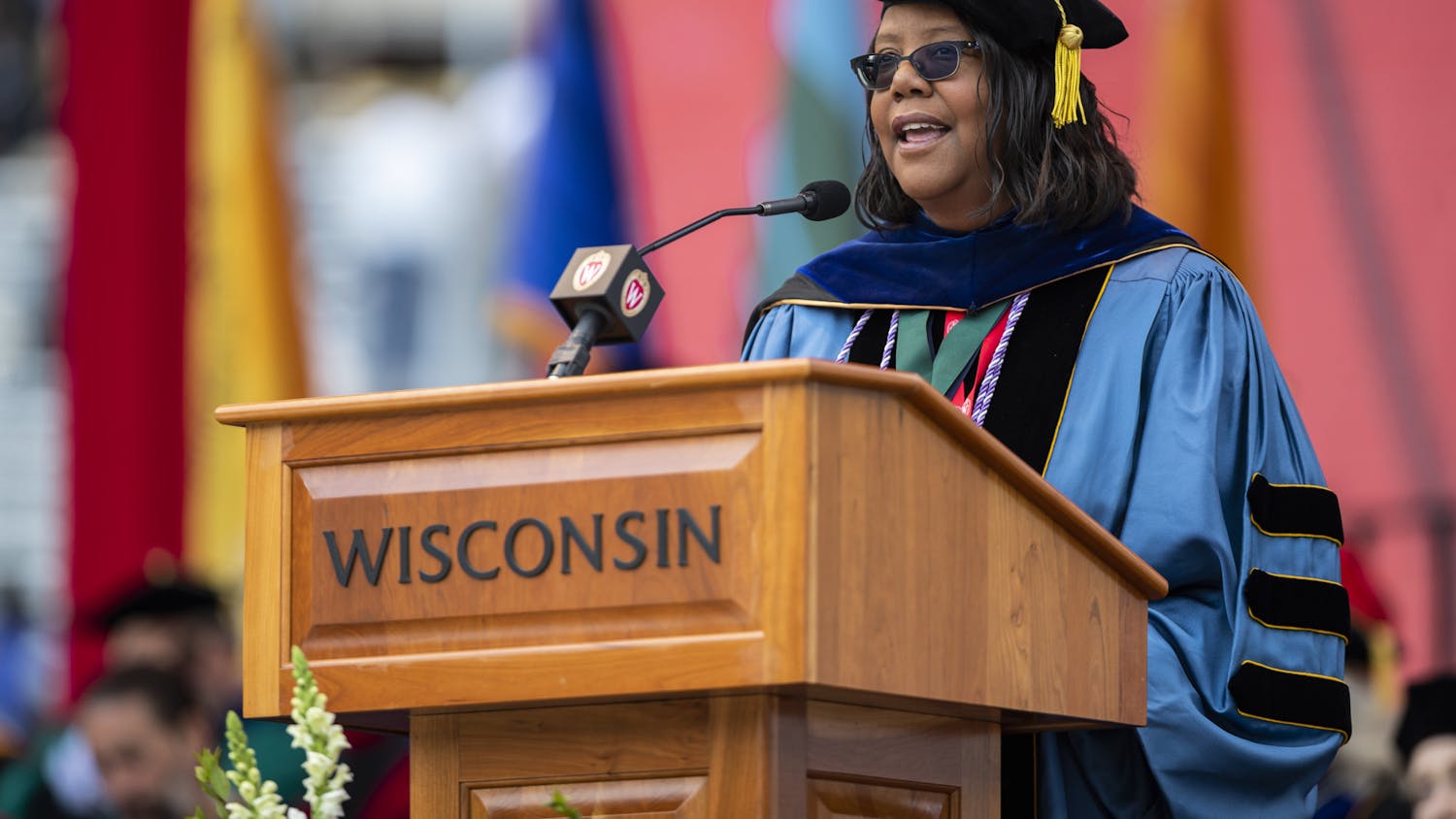Excitement for Welcome Week is in the air on campus, but the reality for 75 UW-Madison students is quite different.
As of now, these students from low-income families are still unsure whether they can afford to attend classes as they wait to hear if they will receive a portion of state financial aid.
We have thousands of students across the state who may not get the financial aid they need to attend school next week,"" said UW System spokesperson David Giroux.
""These are not families who can simply add $2,000 onto their home equity loan. These are students who are going to have to add this on to their student loan, or worse yet, make the very difficult choice of not coming to college.""
There are a total of 3,800 students in the state whose families make less than $27,000 a year and are waiting to know if they will be awarded a need-based Wisconsin Higher Education Grant by the Higher Educational Aids Board, whose total pool of grant money is dependent on the state's budget.
This year, the board effectively awarded 22,400 UW System student grants, but then froze distribution over the summer because the state budget has yet to be passed by the state Legislature.
The abrupt halt is ""really a function of the way the state budget was put together by the state Legislature,"" Giroux said.
With different versions of the state budget in existence - one that may increase financial aid with tuition and one that may decrease financial aid compared to last semester, HEAB does not know if enough funding will be available under the finalized budget.
As a result, the board imposed a waiting list - a list that includes some of the state's lowest-income students.
""A student has to be pretty needy to get a WHEG,"" said Susan Fischer, director of student financial services at UW-Madison.
She said lower-income students tend to fill out the forms later, thus making them more likely to be on the waiting list, as the system is first-come, first-serve.
On average WHEG awards a student $2,100 - an amount low-income families are unable to send their children to college without.
""It puts our campuses in a situation of not knowing what to tell students exactly,"" Giroux said.
Fischer said she is hoping the Legislature will pass the $50 million budget for the program proposed by Gov. Jim Doyle, but is telling students ""it may pass, it may not."" The program's budget was passed at $43 million last year, and the Republican-controlled state Assembly has proposed a $39 million budget this year.
""Right now it is just a guessing game,"" Fischer said.
Other UW campuses with many low-income and minority students are dealing with even longer waiting lists than UW-Madison.
One hundred and seventy of the 4,900 students who attend UW-Parkside in Kenosha are waiting for WHEGs, according to Randall McCready, director of financial aid.
He said 810 of the 980 students who applied for aid were paid, but due to holds from HEAB, the rest are left waiting.
Different UW campuses are proceeding in different ways, but McCready said UW-Parkside has decided to package financial aid and assure students that there will be funding available.
""Because our student population has lots of first-generation and higher need students, [the financial aid] influences the decision to attend college,"" he said.
UW-Milwaukee, an institution where 19,000 students seek some form of aid has 570 students awaiting WHEGs.
The university has decided to deal with each student's on an individual basis, according to Director of Financial Aid Jane Hojan-Clark.
Regardless of how UW financial aid offices try to calm students and guess on the outcome of the budget for HEAB grant- - the state Legislature's budget will be a deciding factor if many low-income college students are awarded the grants they need.






